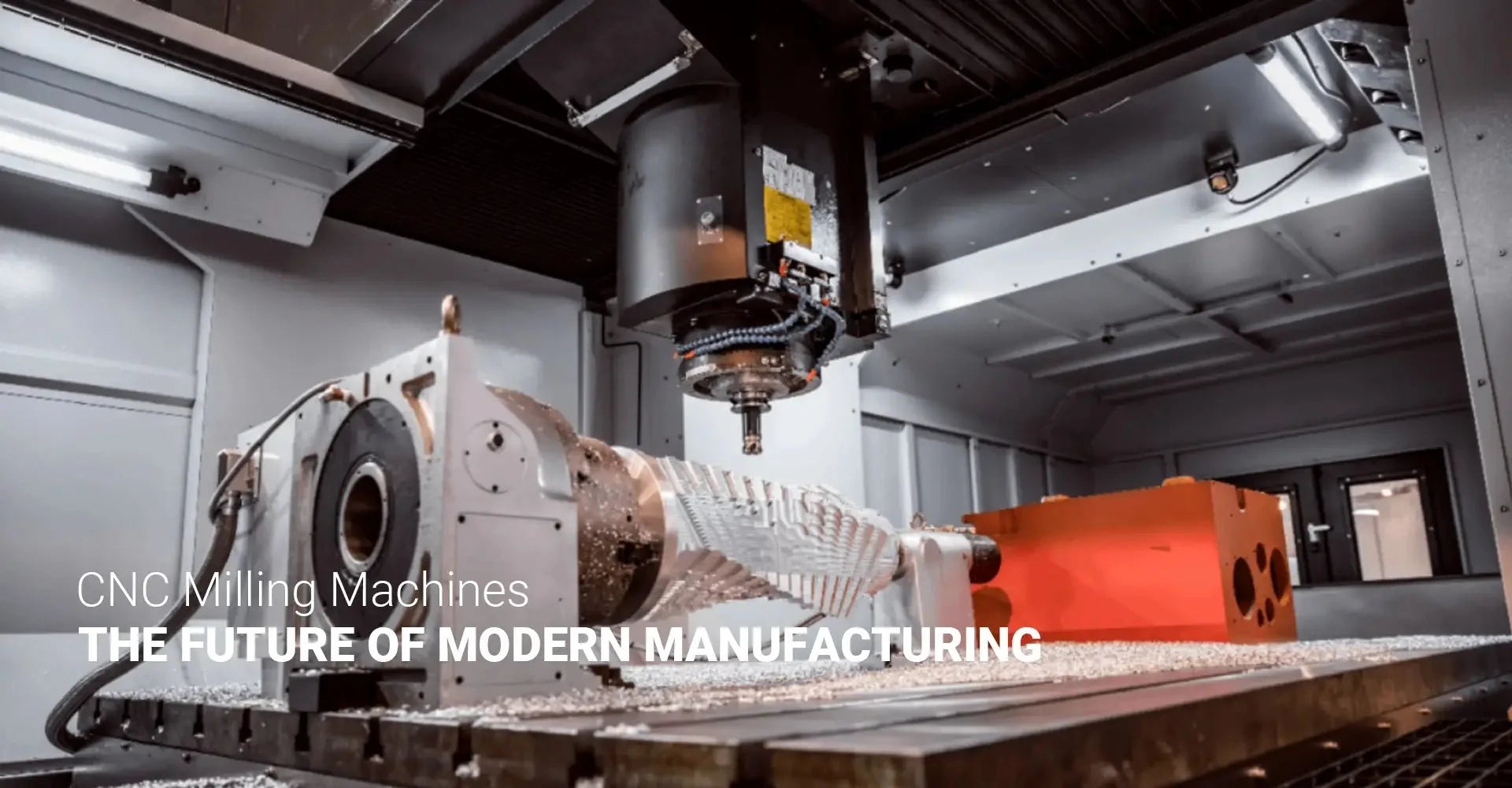What Makes CNC Milling Machines the Future of Modern Manufacturing in 2024?

What Makes CNC Milling Machines the Future of Modern Manufacturing in 2024?

In today's rapidly evolving manufacturing landscape, Computer Numerical Control (CNC) milling machines stand at the forefront of industrial innovation. These sophisticated machines are revolutionizing how we approach precision manufacturing, offering unprecedented accuracy and efficiency that traditional manufacturing methods simply cannot match. As we delve into 2024, the technology continues to reshape industries from aerospace to consumer electronics.
Quick Takeaway: The global CNC milling machine market, currently valued at $82.48 billion (2023), is projected to reach an impressive $172.31 billion by 2032, growing at a CAGR of 3.92%. This remarkable growth underscores the increasing adoption of CNC technology across various manufacturing sectors, particularly in custom CNC milling services.
As we explore the transformative impact of CNC milling machines, we'll uncover how these technological marvels are changing the face of modern manufacturing, from their fundamental operations to their diverse applications across different industries.
[Table of Contents]
- Understanding CNC Milling Machine Components
- Comparing Different Types of CNC Milling Machines
- Industry Applications and Transformations
- Benefits and Advantages of CNC Milling
What Are the Fundamental Components that Make CNC Milling Machines Work?
The heart of modern manufacturing excellence lies in understanding the sophisticated components that power CNC milling machines. These precision instruments represent a perfect fusion of mechanical engineering and digital control systems.
Key Component Overview: Every CNC milling machine comprises three essential systems: the control unit (the brain), the mechanical system (the muscle), and the tooling system (the hands). This triumvirate works in perfect harmony to deliver precision that can reach micron-level accuracy.
The sophistication of CNC milling machines extends far beyond their basic components. The control unit processes complex G-code instructions, while the mechanical system, including the spindle and axes, executes these commands with incredible precision. The tooling system, featuring various cutting tools and holders, ensures versatility in handling different materials and specifications.
How Do Different Types of CNC Milling Machines Compare?
Understanding the various types of CNC milling machines is crucial for automotive manufacturing and other precision-dependent industries. Each type offers unique capabilities and advantages.
Quick Comparison: From basic 3-axis machines to sophisticated 5-axis systems, each configuration opens new possibilities in manufacturing precision and complexity.

The evolution from 3-axis to 5-axis machines represents more than just added movement capabilities - it's a transformation in what's possible in precision manufacturing. While 3-axis machines excel in simpler applications, 5-axis systems have revolutionized complex part production, especially in electronics manufacturing.
Which Industries Are Transforming Through CNC Milling Technology?
CNC milling machines have become indispensable across numerous industries, transforming traditional manufacturing processes into highly efficient, automated operations.
Industry Impact Summary: From aerospace components to kitchen appliances, CNC milling machines are redefining manufacturing standards across sectors.
The versatility of CNC milling appears in its diverse applications: aerospace companies use it for creating complex turbine components, medical device manufacturers produce precise surgical instruments, and automotive manufacturers rely on it for everything from prototype development to production parts.
What Makes CNC Milling the Smart Choice for Modern Manufacturing?
The adoption of CNC milling technology represents a strategic advantage in today's competitive manufacturing landscape.
Benefits Snapshot: Precision, efficiency, and consistency make CNC milling machines invaluable in modern manufacturing operations.
The advantages extend beyond mere precision. CNC milling machines offer reduced waste, lower long-term costs, and the ability to produce complex parts consistently. This technology has become particularly crucial in industries where precision and reliability are non-negotiable.
Conclusion
The future of manufacturing is being shaped today by CNC milling technology. As we've explored, from its sophisticated components to its diverse applications across industries, CNC milling machines represent more than just a manufacturing tool – they're a gateway to manufacturing excellence in the modern era.
Today's investment in CNC milling technology is tomorrow's competitive advantage. With market projections showing robust growth and continuous technological improvements, CNC milling machines will remain at the forefront of manufacturing innovation.





